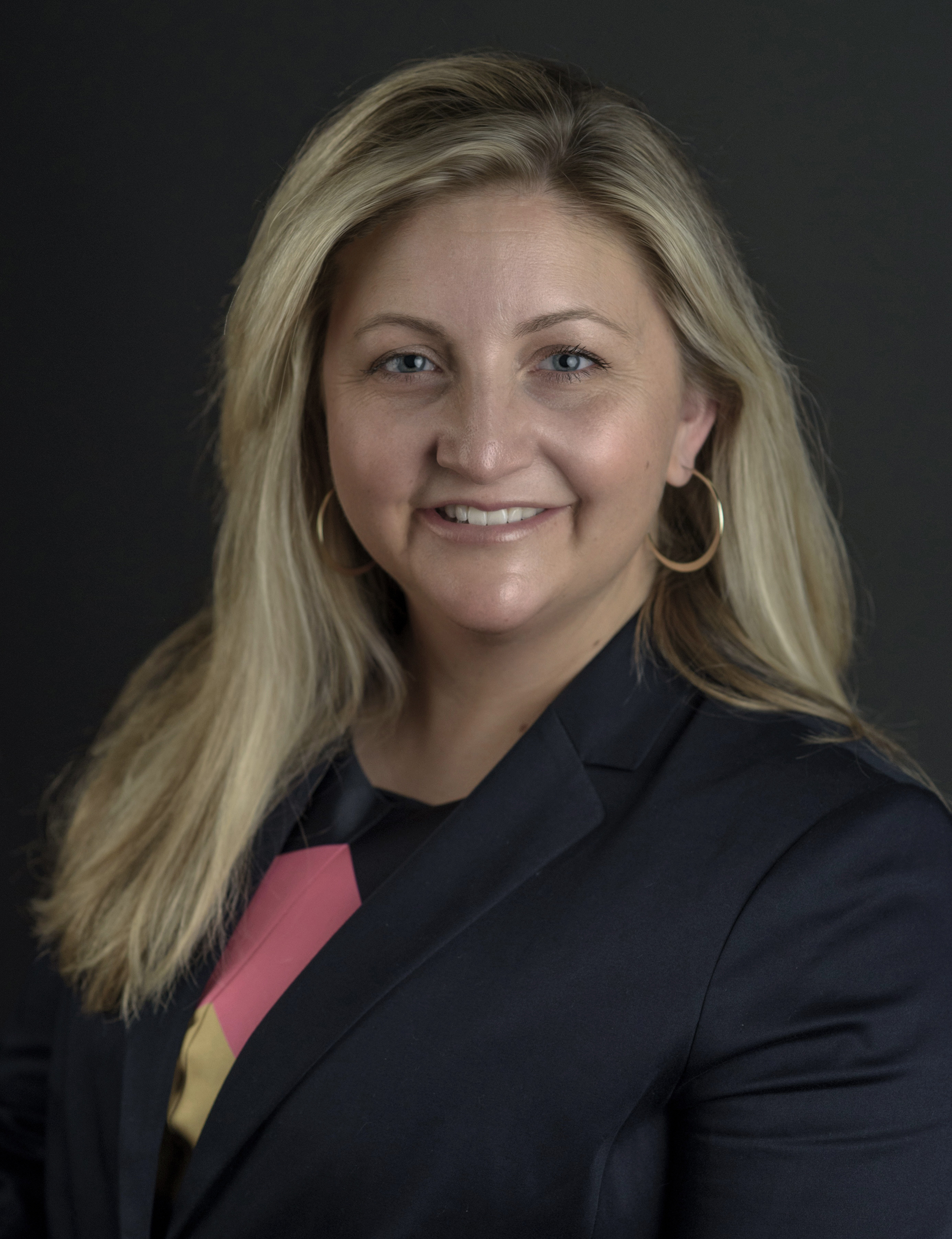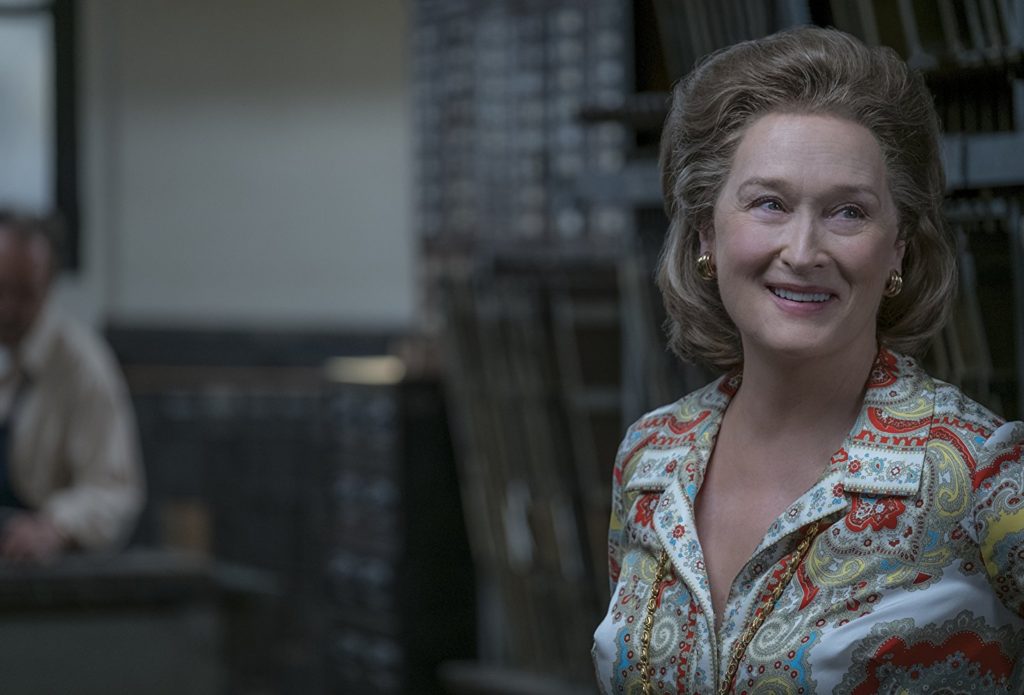Anthology of essays edited by Gregory Adamo and Allan DiBiase
Reviewed by Carolyn Schurr Levin
In a time when college media budgets are being cut, access to information is increasingly difficult to obtain, and continued presence on campus seems precarious at best, many college media advisers are faced with having to justify not just their own positions, but often the very existence of the media outlets they advise. “College Media: Learning in Action,” an anthology of essays edited by Gregory Adamo and Allan DiBiase (2017), provides a plethora of arguments for not only the quintessential importance of college media outlets, but also for strengthening and investing in them for the future.
 Adamo, an associate professor in the School of Global Journalism and Communications at Morgan State University in Baltimore, and DiBiase, who has taught philosophy and the philosophy of education at several universities, have collected research and essays from college media advisers, professors, journalists, former journalists, and others to detail “the variety of ways students learn through participation in” college media, thus justifying “support of these rich, alternative learning opportunities.” Because, the editors argue, colleges today are increasingly assessing, and questioning, their commitment to this kind of learning, “it becomes increasingly important to understand and describe what happens in these unique spaces lest they become assimilated into more ubiquitous templates for learning or eliminated completely.” The goal of this anthology should be cause for jubilation for the ever-increasing number of college media advisers who face diminished funding and wavering administrative support. This book provides valuable data to bolster arguments for the future of both the advisers and the media outlets. Continue reading “Review: ‘College Media: Learning in Action’”
Adamo, an associate professor in the School of Global Journalism and Communications at Morgan State University in Baltimore, and DiBiase, who has taught philosophy and the philosophy of education at several universities, have collected research and essays from college media advisers, professors, journalists, former journalists, and others to detail “the variety of ways students learn through participation in” college media, thus justifying “support of these rich, alternative learning opportunities.” Because, the editors argue, colleges today are increasingly assessing, and questioning, their commitment to this kind of learning, “it becomes increasingly important to understand and describe what happens in these unique spaces lest they become assimilated into more ubiquitous templates for learning or eliminated completely.” The goal of this anthology should be cause for jubilation for the ever-increasing number of college media advisers who face diminished funding and wavering administrative support. This book provides valuable data to bolster arguments for the future of both the advisers and the media outlets. Continue reading “Review: ‘College Media: Learning in Action’”



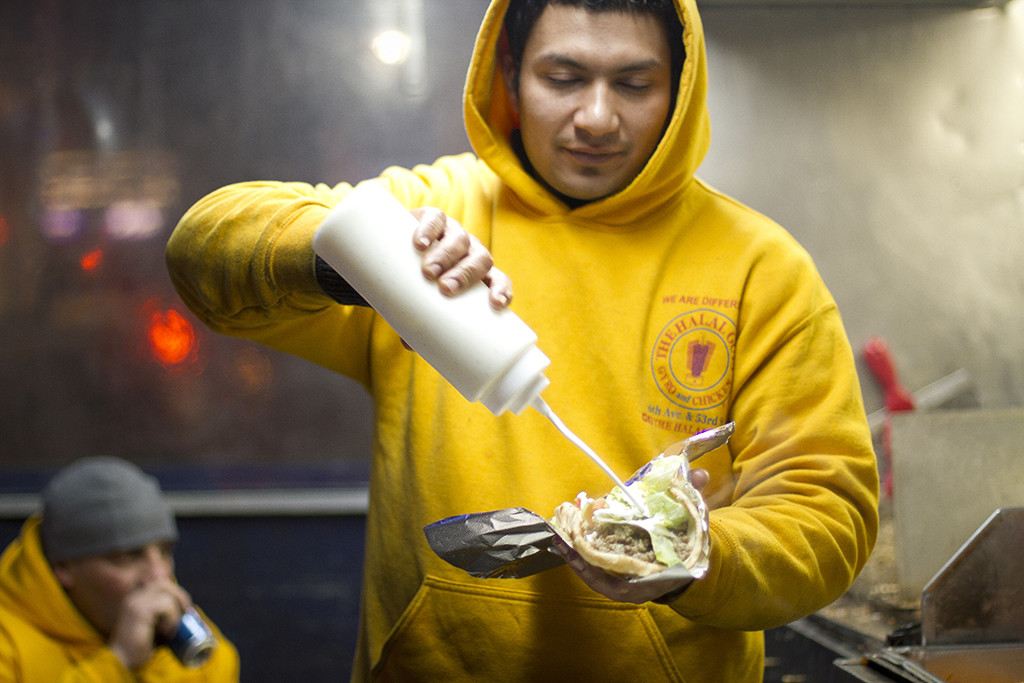
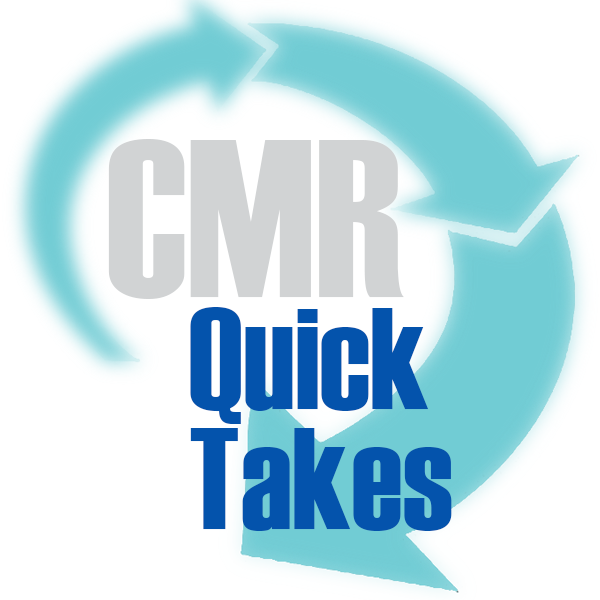 We’ve all experienced it: a student runs in to our classroom, breathless, eyes glowing. A candle of inspiration has been lit.
We’ve all experienced it: a student runs in to our classroom, breathless, eyes glowing. A candle of inspiration has been lit. Adamo, an associate professor in the School of Global Journalism and Communications at Morgan State University in Baltimore, and DiBiase, who has taught philosophy and the philosophy of education at several universities, have collected research and essays from college media advisers, professors, journalists, former journalists, and others to detail “the variety of ways students learn through participation in” college media, thus justifying “support of these rich, alternative learning opportunities.” Because, the editors argue, colleges today are increasingly assessing, and questioning, their commitment to this kind of learning, “it becomes increasingly important to understand and describe what happens in these unique spaces lest they become assimilated into more ubiquitous templates for learning or eliminated completely.” The goal of this anthology should be cause for jubilation for the ever-increasing number of college media advisers who face diminished funding and wavering administrative support. This book provides valuable data to bolster arguments for the future of both the advisers and the media outlets.
Adamo, an associate professor in the School of Global Journalism and Communications at Morgan State University in Baltimore, and DiBiase, who has taught philosophy and the philosophy of education at several universities, have collected research and essays from college media advisers, professors, journalists, former journalists, and others to detail “the variety of ways students learn through participation in” college media, thus justifying “support of these rich, alternative learning opportunities.” Because, the editors argue, colleges today are increasingly assessing, and questioning, their commitment to this kind of learning, “it becomes increasingly important to understand and describe what happens in these unique spaces lest they become assimilated into more ubiquitous templates for learning or eliminated completely.” The goal of this anthology should be cause for jubilation for the ever-increasing number of college media advisers who face diminished funding and wavering administrative support. This book provides valuable data to bolster arguments for the future of both the advisers and the media outlets. 
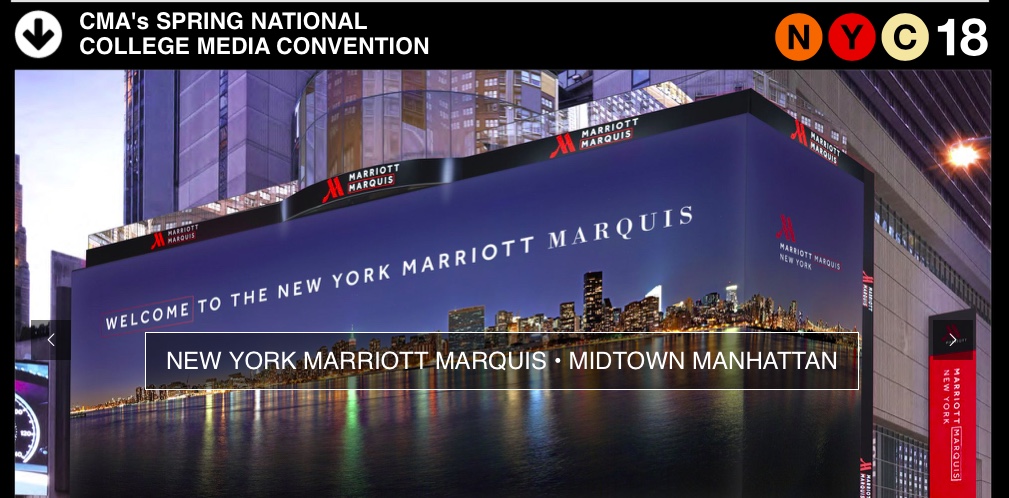
 In other words, survival means gaining control of inner demons before mastering InDesign. Running a college news outlet is the most stressful extra-curricular activity on campus, for two big reasons:
In other words, survival means gaining control of inner demons before mastering InDesign. Running a college news outlet is the most stressful extra-curricular activity on campus, for two big reasons: